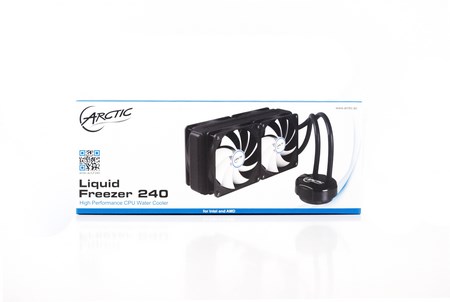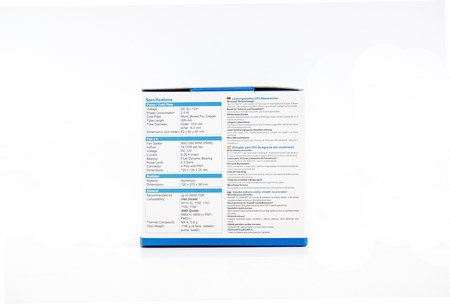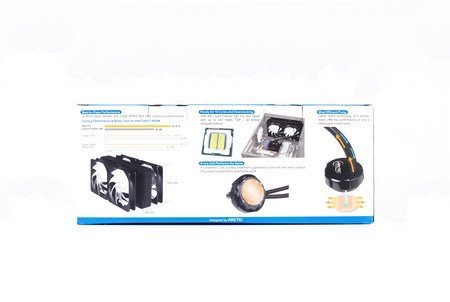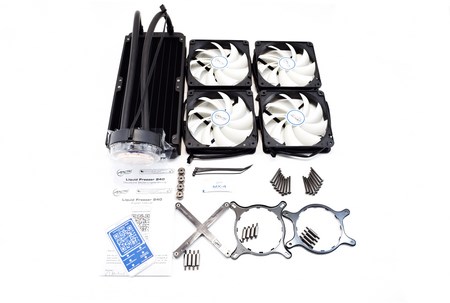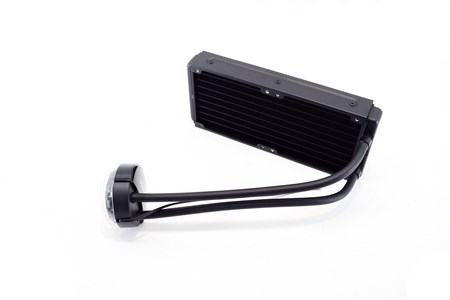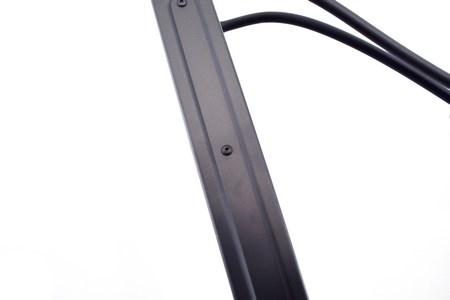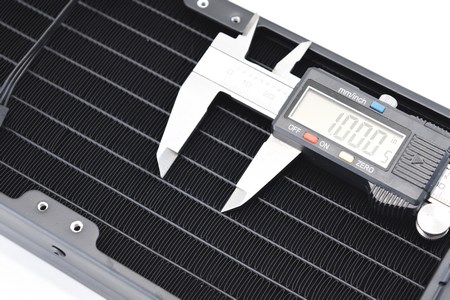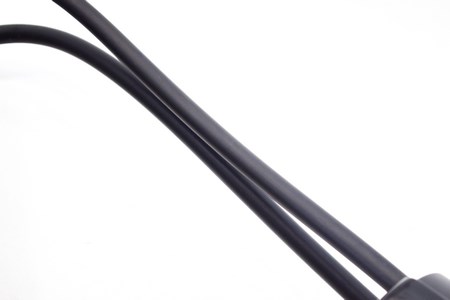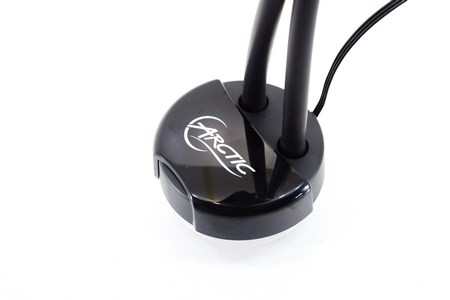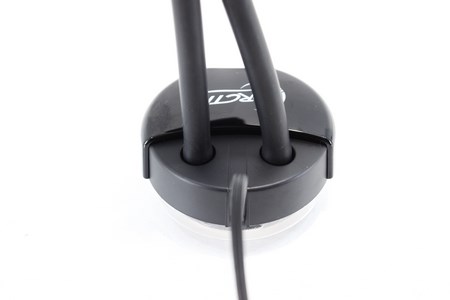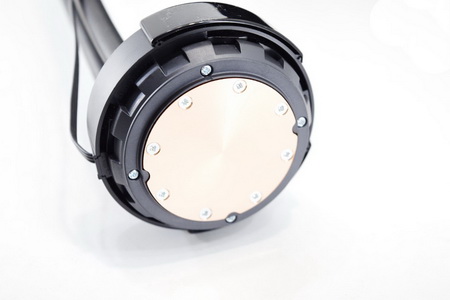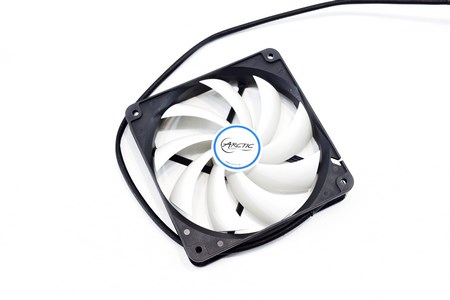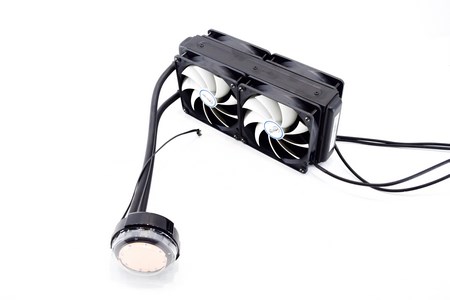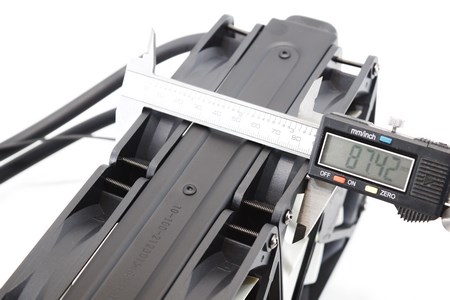INTRODUCTION
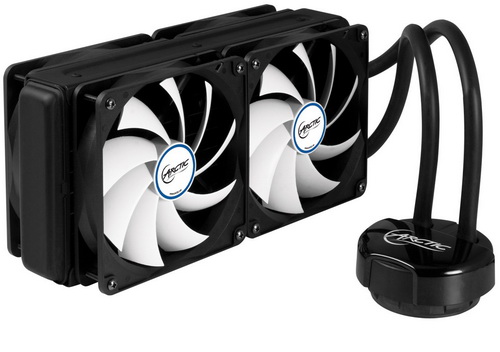
We all know that sufficiently cooling a high-end overclocked CPU is not the easiest thing (especially during the summer) so manufacturers do the best they can to provide us all with high-TDP (thermal design power) coolers. Currently CPU air coolers still hold first place when it comes to sales (mainly because they are more affordable) but it's been proven time and again (with a few exceptions) that dual/tri-fan AIO (all in one) liquid CPU coolers and custom water cooling kits/loops are far more suitable for such "heavy" tasks. ARCTIC entered the AIO liquid CPU cooling market a few years back and after a successful run today with us we have one of their latest and most powerful models to date the Liquid Freezer 240.
ARCTIC does not only play in the top league of the cooling specialists ever since, ARCTIC initiated the trend towards quiet cooling systems for desktop PCs and left a distinct mark. In 2001 the Swiss engineer and company founder Magnus Huber has determined to fight against loud computers – today, the still privately-owned company with locations in Germany, Hong Kong and the USA offers one of the world's largest ranges of CPU and GPU coolers. Maximum compatibility, first-class performance and lowest volume convince enthusiasts in over 45 countries around the globe. With the competence of a unique expert knowledge from 15 years of (pc) noise minimization ARCTIC is building out its portfolio through high-quality sound products and office equipment.
As the name suggests the Liquid Freezer 240 is based on a dual 120mm aluminum radiator (272mm in length and 38mm in thickness) which in turn is paired with two 326mm long rubber tubes and a pump/base combo (unfortunately ARCTIC doesn't share details about their pump but it's no secret that their units are made by the award winning Asetek corporation). What makes the Liquid Freezer 240 one of the most powerful AIO models in the market today however (recommended max TDP of 300W) is the fact that ARCTIC has paired it with not two but four 120mm F12 PWM PST fluid-dynamic bearing fans (1350RPM/ 74CFM/ 22.5dBA) placed in push and pull configuration for maximum heat dissipation. So with a total 4 fans in push and pull and a rather thick radiator (thicker than average) the question which remains is not only just how well the Liquid Freezer 240 performs but also whether or not it fits inside "regular" PC cases.
SPECIFICATIONS AND FEATURES

PACKAGING AND CONTENTS
The Liquid Freezer 240 arrived inside a long white box that has a product picture at the front right next to the company logo and a 2D barcode.
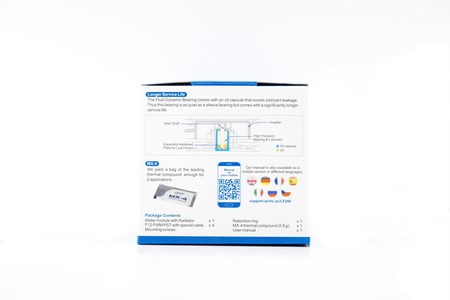 ARCTIC has placed the product specifications (4 languages) and features on both sides of the box.
ARCTIC has placed the product specifications (4 languages) and features on both sides of the box.
The main product features are showcased at the rear of the box with the help of 5 pictures.
Aside the Liquid Freezer 240 and its 4 F12 PST fans the box also contains an small pouch of MX-4 conductive material, 4 cable ties, piece of paper with a 2D barcode on it (allows you to access the user manual online), installation instructions, warranty information paper and all the necessary mounting hardware needed to install the cooler onto Intel LGA1150/1151/1155/1156/2011/2011-3/2066 and AMD AM2/AM2+/AM3/AM3+/AM4/FM1/FM2/FM2+/sTR4 compatible mainboards.
THE LIQUID FREEZER 240
Once again the radiator/tubes/pump/base combination is nothing new.
The 38mm thick radiator however is not something we see a lot since most similar models feature 27mm ones.
ARCTIC has used a high density radiator so our sample features an FPI (fins per inch) count of 21.
The 326mm long rubber tubes (10.6mm in exterior diameter) are very flexible and have been used by Asetek for as far back as i can remember.
This pump/base combo is identical to what was used with the Liquid Freezer 120 model so once again it's 82mm in width and length and 40mm in height.
Unfortunately once again the tubes are fixed and thus you can't rotate them from the base as with other models.
The copper base is quite smooth and polished right from the factory.
Each of the four F12 PST fans can spin up to 1350RPM to produce airflow levels of up to 74CFM with just 22.5dBA of noise.
With all four fans installed the Liquid Freezer 240 looks quite impressive.
Of course that comes at a price since the thickness of the unit climbs to roughly 88mm.
TEST BED
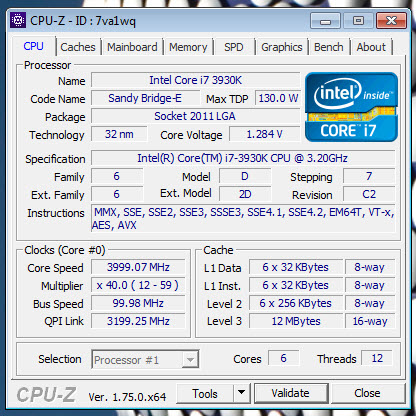

TESTING METHODOLOGY
Testing complete water cooling kits or individual radiators is no different than testing CPU Coolers and since we want all of you to be able to compare similar products we created new and separate charts (you can still cross-compare results however since we are using the same test rig). So once again single (120/140mm) watercooling solutions are tested with the radiator mounted at the rear of our test rig while dual/triple/quad (240/260/280/360/420/480/560mm) solutions with the radiator mounted at the top. For the dBA tests complete water cooling kits or radiators with bundled fans are measured both while on idle mode or with the fan controller in the minimum setting and while on extreme load or with the fan controller all the way to the highest possible setting (PWM fans do that on their own without our intervention). Every single test takes place in a temperature controlled room of 23 degrees Celsius Ambient Temp with the help of two AC units placed diagonally inside the room. When testing complete water cooling kits we use the Arctic Silver 5 thermal paste. Finally much like when testing CPU Coolers it's very important to point out that just because a water cooling kit outperforms another when tested with our test rig (when we test complete water cooling kits) that does not necessarily mean that the same performance differences will apply 100% for other CPU models and in other situations (such as different ambient temps and system configurations).
To successfully record the load temperatures we use the latest OCCT application for around 6-10 minutes to push the processor to its limits and after that is done and the temperatures are recorded we wait for about 10-20 minutes for the CPU to cool down and record the idle temperatures. This is done to allow time for the thermal conductive material to achieve the optimal performance level. Same procedure is then repeated with the Passmark BurnIn Test as a failsafe just in case the OCCT results are wrong. This procedure takes a lot more time than the usual peltier/thermometer tests but this way not only can we deliver real world results to our readers based on real CPUs but we can also triple check the results using a variety of programs. Last but not least the temperatures were recorded using both the latest versions of AIDA64 and RealTemp while the noise level tests (when fans exist in the bundle) are performed using a high precision ExTech HD600 Decibel Meter placed about 10-15cm above the radiator. Still although the same testing procedure applies to all units do take into consideration that unlike the official numbers which are measured in special noise isolated labs with just the fans here we also have both the rest of the cooler and the rest of the system (although all system fans are turned off when recording noise levels).
TEST RESULTS


CONCLUSION
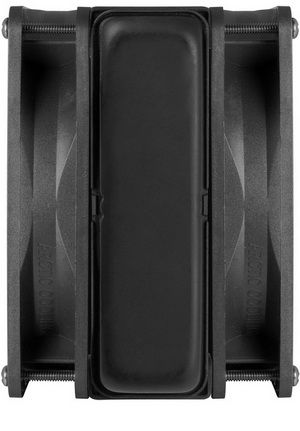
As expected by pairing a total of 4 mid-speed fans in push and pull configuration with a high fin density radiator and a high-speed pump ARCTIC has released one of the highest performance dual 120mm AIO liquid CPU coolers in the market today. Unfortunately that comes at a cost and although noise levels are actually quite low (still higher compared to even some triple 120mm AIO models) with a thickness of roughly 88mmn the Liquid Freezer 240 will simply not fit in most cases (clearance issues with mainboard components). Fortunately quite a few of the newest models to hit the market come with several mounting positions (offsets) for top radiators allowing the radiator to be as thick as it can get but the fact of the matter is that not everyone has one such PC case.
Leaving out the quite impressive cooling efficiency of the Liquid Freezer 240 (for a dual 120mm AIO model) ARCTIC excels in yet another area, price. You see currently the Liquid Freezer 240 goes for no more than USD84.99 inside the USA (Amazon.com) and 95Euros inside the EU (Amazon.co.uk) and that’s a very reasonable price for what you’re getting. With that out of the way although at the end of the day the thickness of the Liquid Freezer 240 makes it a very specific product it’s still one of the best AIO models in the market today and thus it gets our Golden Award.

PROS
- Build Quality (Asetek)
- Excellent Cooling Performance (For The Size)
- Overall Noise Levels
- 4 F12 PST PWM 120mm Fans
- Price (For Some)
CONS
- Thickness (Clearance Issues With Most Cases)
- Fixed Tubes
